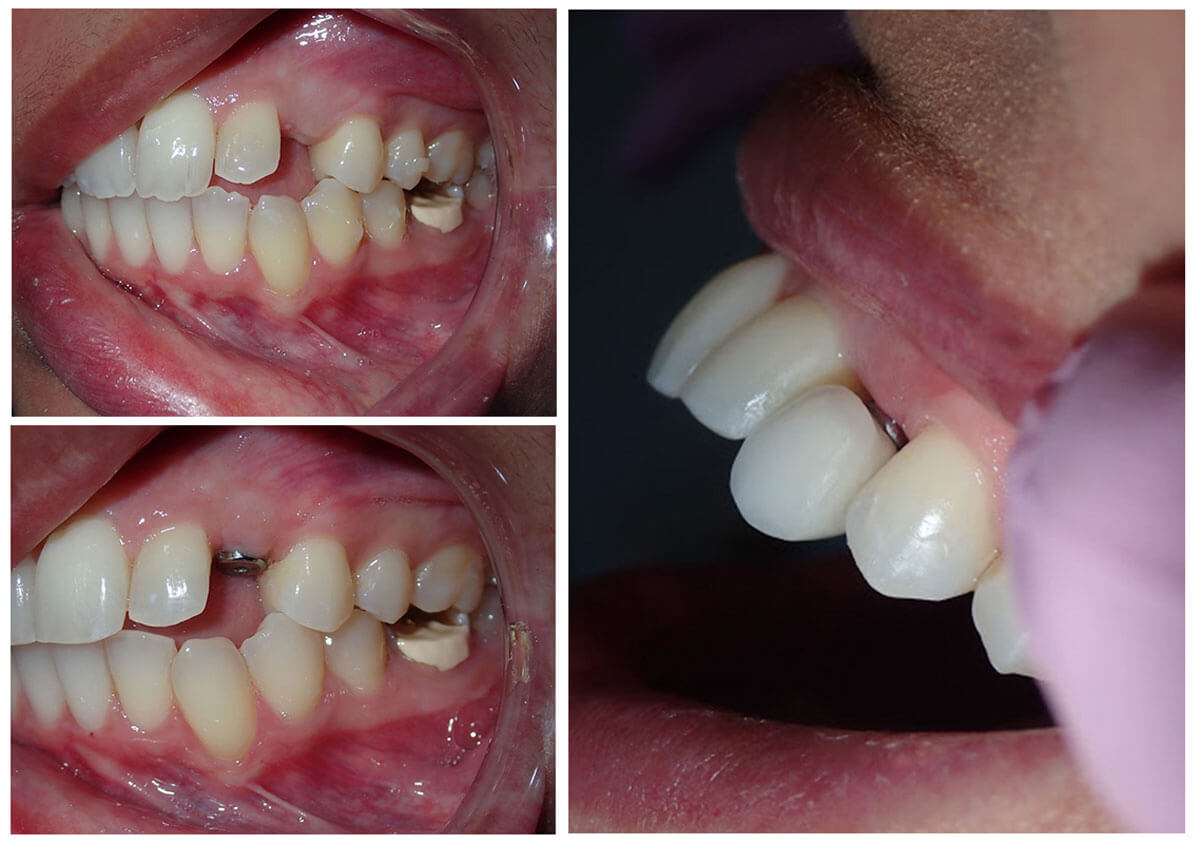Some Known Incorrect Statements About Dental Implants
How Dental Implants can Save You Time, Stress, and Money.
Table of ContentsLittle Known Facts About Dental Implants.Get This Report on Dental ImplantsSome Ideas on Dental Implants You Need To KnowAn Unbiased View of Dental Implants
are medical tools surgically dental implanted right into the jaw to restore a person's capability to chew or their appearance. They offer support for artificial (fake) teeth, such as crowns, bridges, or dentures. When a tooth is lost as a result of injury or condition, a person can experience issues such as quick bone loss, defective speech, or changes to chewing patterns that lead to pain.
Framework of The Dental Implant System selecting dental implants, talk with your dental service provider concerning the prospective advantages and dangers, and whether you are a prospect for the procedure. Points to think about: Your total health and wellness is an important variable in identifying whether you are an excellent candidate for oral implants, how much time it will require to heal, and how much time the dental implant might remain in place.
Smoking cigarettes may impact the healing process and lower the long-term success of the implant. The recovery procedure for the implant body may take numerous months or longer, during which time you normally have a temporary abutment in area of the tooth. the oral implant procedure: Very carefully adhere to the oral hygiene directions offered to you by your dental copyright.
Indicators on Dental Implants You Need To Know
Implant failing can cause the demand for an additional operation to deal with or change the dental implant system. Recovers the capability to chew Restores cosmetic look Helps maintain the jawbone from diminishing because of bone loss Maintains the health and wellness of the bordering bone and periodontals Assists maintain nearby (close-by) teeth stable Improves quality of life Damages to bordering all-natural teeth during implant placement Injury to the surrounding cells throughout surgical procedure, such as sinus opening Injury during surgical treatment (for example, crack of bordering jawbone) Insufficient function, such as feeling like the teeth do not attack together typically An experience that the tooth is loose or turning in position resulting from an abutment screw loosening up Implant body failure (looseness of the implant body) as a result of systemic infection, which may be much more most likely in individuals with unrestrained diabetes as a result of regional infection in bone and gums sustaining the dental implant body due to postponed healing, which might be a lot more likely in people who smoke Difficulty cleaning up the gums around the dental implant, resulting in inadequate oral health Without treatment periodontal condition Post-surgical pins and needles as a result of nerve impingement or damage Constantly inform health and wellness treatment companies and imaging professionals that you have oral implants before any type of magnetic vibration imaging (MRI) or x-ray treatments.
FDA is not familiar with any kind of negative occasions reported for MRI or x-ray treatments with oral implants. Dental implants systems are usually made from materials that comply with international consensus standards of the International Company for Standardization (ISO) or ASTM International. These standards have details of what makes a safe product.
Various other products such as gold alloys, cobalt-based alloys, titanium alloys, or ceramic products are in some cases utilized. The safety and security accounts of these products are well-known. Dental implant systems are examined according to worldwide agreement criteria. Biocompatibility screening, to reveal that physical call with the device does read this article not cause issues like irritability or allergy, becomes part of the evaluation that helps ensure the materials in the dental implant system are safe and do not cause adverse effects when implanted in people.

The Definitive Guide for Dental Implants
Some people are not eligible for oral implant surgery. It is for dental cosmetic surgeons to operate people with: acute illnessuncontrollable metabolic diseasebone or soft tissue disease or infectionIf these issues are resolved, a person can have the surgical procedure. Dental Implants. In, oral doctors avoid from operating individuals with: If individuals with any of the above undergo dental implant surgical procedure, there is a greater threat of the dental implant stopping working
Some individuals have a jawbone problem that stops sufficient bone for a dental implant from establishing. The cosmetic surgeon will certainly after that use a bone or bone replacement to repair and build up the location.
Dental dental implant surgical treatment is a customized procedure. It's not the exact same for everyone. The adhering to provides a basic review of what you can expect your dentist, oral surgeon, periodontist or prosthodontist to do: Put the dental implant surgically. Offer you time to heal. Connect the post and final crown, bridge or denture.
Next, your cosmetic surgeon will very carefully position the oral implant into your jaw. If your implant is near the front of your top article mouth, your dental expert will certainly make a short-lived tooth for you to put on until you heal.
The Single Strategy To Use For Dental Implants
Your copyright can inform you what to anticipate in your circumstance. During the healing stage, your jawbone needs to fuse to the oral implant. This process, called osseointegration, is vital for stability and long-term success. This procedure can take anywhere from 3 to my company nine months. In many cases, it might take much longer.
When your implant heals, your dental professional can connect the abutment (tiny adapter article) and your final remediation (crown, bridge or denture). This typically takes about one hour to finish and may call for a 2nd minor surgical procedure. You shouldn't feel any pain during your oral implant procedure due to the fact that your copyright will use medicine to numb your gums.